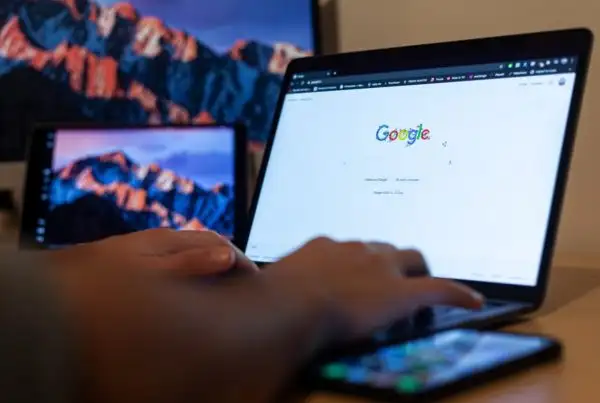As the search market evolves, one thing is becoming increasingly obvious: Google does not intend to limit itself to textual ads on traditional search and contextual advertising on its content network. Over time, the leading search engine has progressively broadened the scope of its products and services, often setting trends for Yahoo! and MSN to follow.
Image Banners
The first media format Google explored was image-based banners. These are available in five standard sizes and are displayed only on certain content sites. The image ads can work on the regular Cost Per Click (CPC) model or on the Cost Per Thousand Impressions (CPM) pricing model.
Google guidelines for image ads
Flash Adverts
Not too long after the launch of the image ad format, the AdWords content network started allowing advertisers to convey more than just a few frames of information via Flash animation. There is a low size limit on the Flash ads, but they can still be used to convey a lot more information and use more appealing, dynamic graphics than a gif.
Video Ads
Earlier this year, Google started offering advertisers the option to publish video ads on their content network. These ads are work on a click to play basis and show just a static image until the visitor actually hits the “play” button on the ad.
All three formats discussed above work on the same basic principles as textual ads on the AdWords content network. They can be bid on using the CPC or CPM pricing model. However, due to the fact that CPM ads take the entire ad space to themselves, they win the space only if the CPM is greater than the combined effective CPM of the top CPC ads.
Google Mobile
Since early 2006, mobile Internet users that search on Google Mobile from their handsets in the United States, the United Kingdom, Japan, Germany, France, Italy, the Netherlands, Spain, China, Ireland, India and Australia see sponsored links at the top of the search results. These ads are textual, but are much smaller and include a phone number that the user can call directly from their mobile device. The ads therefore work on a cost per click as well as cost per call pricing model.
Print Advertising
Traditional print media has been a target for Google in recent times. They have run several tests but have not yet publicly released a full-scale print advertising service offering. Advertisers and agencies are expecting to see one inevitably.
Radio Ads
Google is about to acquire DMarc Broadcasting, a company that works with radio advertisers in the sales, scheduling, delivery and reporting of radio ads. This move obviously signals the search giants intention to dabble in the radio advertising market.
Advertisers are starting to perceive the search giant more and more as a one stop shop for all their advertising buys. At least that’s what Google would like to see happen. The market is still evolving and advertiser budgets could swing either way.
Google’s reputation for delivering efficient services that work might be in their favour in the search market, but their notoriety for not considering anyone but themselves might alienate them from the larger marketing agencies that control the big budgets. One thing’s for sure, this marketplace will be an interesting one to watch!









